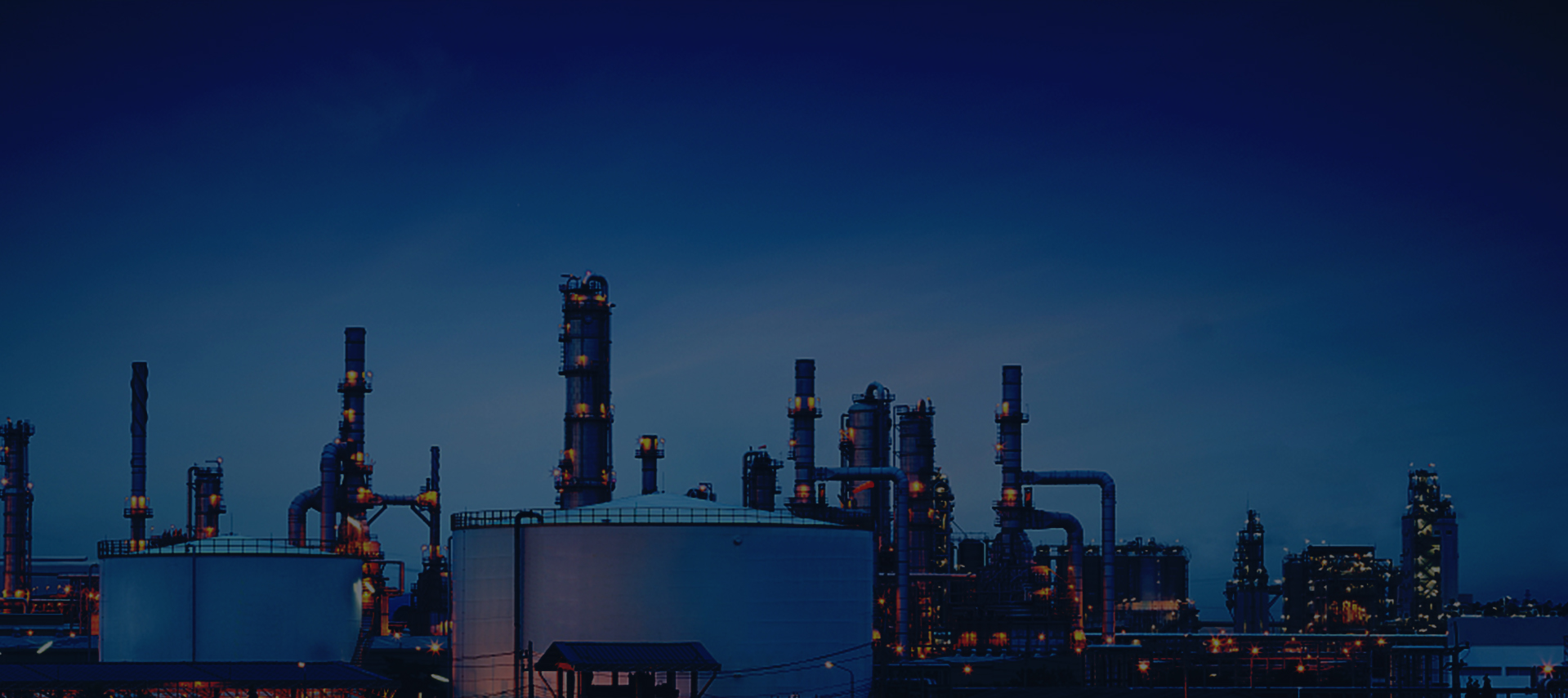Technical Introduction of Electrolyte Solvent Technology
At present, 95% of electrolyte solvent are mainly carbonate esters, including dimethyl carbonate (DMC), diethyl carbonate (DEC), methyl carbonate (EMC), ethylene carbonate (EC), propylene carbonate (PC), etc. Their purity and cleanliness have a very important impact on the yield, electrical performance and reliability of electronic components. DODGEN is a process technology licenser of EC/VC/FEC/DMC/DEC/EMC/PC , besides,DODGEN can provide multi-stage melt crystallization technology to help customers obtain ultra-pure products with purity ranging from 99.99% to 99.9999%, with single line production capacity ranging from 1000 to 50000 tons/year.
Example 1: Process route of DMC
Ester exchange process is the mainstream of the current DMC industry, ester exchange synthesis DMC plant capacity together accounted for about 87% of the total DMC capacity, the process production safety, high yield, industrialization, while the coproduction device can achieve a single unit to produce at least four kinds of carbonate solvents, with high added value ester exchange method is the mainstream of the domestic process route, divided into propylene oxide route and ethylene oxide route two kinds.
Propylene oxide route:
A new process for the coproduction of dimethyl carbonate (DMC) and propylene glycol (PG) from propylene oxide (PO), CO2 and methanol (ME). The reaction takes place in two steps: CO2 and propylene oxide generate propylene carbonate, which then undergoes an ester transfer reaction with methanol to generate dimethyl carbonate (DMC) and propylene glycol (PG).
This process is relatively mature in China and is currently the main production process route for battery grade DMC.
Ethylene oxide route:
Texaco USA has developed a new process for the coproduction of dimethyl carbonate (DMC) and ethylene glycol (EG) from ethylene oxide (EO), CO2 and methanol. The reaction takes place in two steps: CO2 and ethylene oxide to generate ethylene carbonate, then ethylene carbonate and methanol undergo an ester transfer reaction to generate dimethyl carbonate (DMC) and ethylene glycol (EG).
The production of dimethyl carbonate by ester exchange has better economic and social benefits, milder reaction conditions and lower investment in equipment. In addition, the process by-product EG has better market stability compared to the PO process by-product PG.
The reaction equation for the production of dimethyl carbonate by EO ester exchange is as follows:
(CH2)2O + CO2 → (CH2O)2CO
(CH2O)2CO+CH3OH→(CH3O)2CO+CH2OHCH2OH
The process uses heterogeneous supported catalysts, completely solved the problem of difficult separation of sodium methoxide from homogeneous catalysts.
Example 2: Ethyl methyl carbonate process route
At present, the domestic choice is DMC and ethanol ester exchange process, there are DMC and ethanol ester exchange raw materials easily available, the product methanol can be used as raw materials for the production of DMC, especially suitable for DMC manufacturers to produce EMC, raw materials to choose the upstream DMC device toad skin DMC, while the production process generated azeotropes can be sent back to the DMC device recovery, the process of raw materials and intermediate products are less toxic, the reaction process without "Three wastes", low equipment investment, simple process, high product purity, shortened production process, longer product line and reduced costs.
Esterification of DMC and ethanol:
CH3OCOOCH3 + C2H5OH → CH3OH + C2H5OCOOC2H5 + CH3OCOOC2H5
The synthesis of EMC by ester exchange of DMC and ethanol is also a reversible reaction with a larger equilibrium constant than the synthesis of EMC by ester exchange of DMC and DEC. The reaction uses alkali carbonates or alkali metal salts as catalysts, and when DMC is present in the right amount, EMC is mainly produced; when ethanol is present in excess, ethanol reacts further with EMC to produce DEC.


